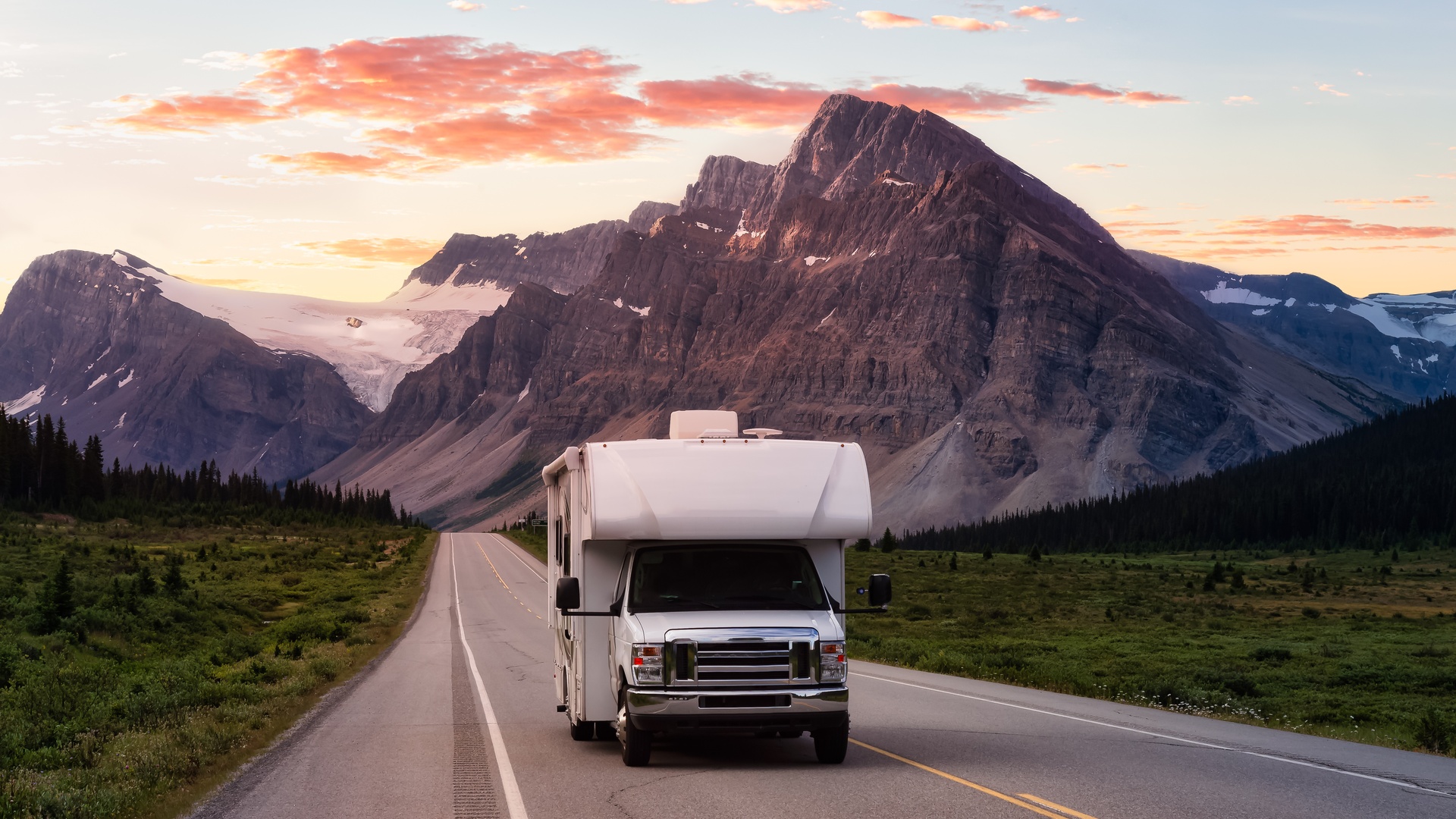A Quick Guide To Understanding How RV Insurance Works

Owning an RV is your ticket to adventure and plenty of road trips, but your vehicle requires protection. RV insurance is essential for safeguarding both your investment and your travels. Check out this quick guide to understanding how RV insurance works, so you can learn how to assess coverage options and avoid common pitfalls.
Introduction to RV Insurance
RV insurance is a specialized policy designed to provide coverage beyond standard auto insurance. It protects your recreational vehicle against accidents, theft, natural disasters, and on-the-road liabilities. Given the significant cost of most RVs and the variety of risks associated with owning one, RV insurance is crucial for financial security and peace of mind during your travels.
Types of RV Insurance Coverage
The main types of RV insurance include liability, collision, and comprehensive coverage. Liability covers damage to others if you are at fault in an accident. Collision handles damage to your RV from accidents, whether they involve another vehicle or a stationary object.
Comprehensive insurance takes care of non-collision-related events such as theft, vandalism, and weather damage. Depending on your needs, you can also add roadside assistance, personal effects coverage, or vacation liability to protect your belongings and campsite.
Factors That Affect RV Insurance Costs
Several variables influence your RV insurance rates. The age and type of your RV play a significant role, as newer or high-end models often cost more to insure. Your driving history, including traffic violations or accidents, can significantly impact premiums. The coverage options you choose and how frequently you use your RV further determine your overall cost.
Take advantage of any available discounts. Many insurers offer discounts for bundling RV insurance with other policies for home or auto insurance. Maintaining a clean driving record can also lead to significant savings over time. Simple habits, such as installing antitheft devices or joining RV associations, may qualify you for reduced premiums as well.
How To Choose the Right RV Insurance Policy
Before committing to a policy, assess your specific needs. For instance, if you live in your RV full-time, you’ll require comprehensive or full-time coverage. Compare quotes from multiple providers to ensure that you’re getting the best value. Additionally, verify that the policy terms, such as deductibles and exclusions, align with your expectations.
Common RV Insurance Mistakes To Avoid
Underinsurance is one of the most common mistakes RV owners make. Failing to accurately assess your coverage needs can leave you vulnerable to financial losses. Misrepresenting how you use your RV, such as withholding that you reside in it full-time, could also result in denied claims. Additionally, be sure to check RV laws when moving to a new state to ensure your policy meets local requirements to avoid gaps in coverage.
With the right RV insurance in place, you can hit the road with confidence. Investing a little time into understanding how RV insurance works ensures financial protection and freedom to enjoy your travels without worry. Take the first step today by exploring policies that suit your lifestyle.








